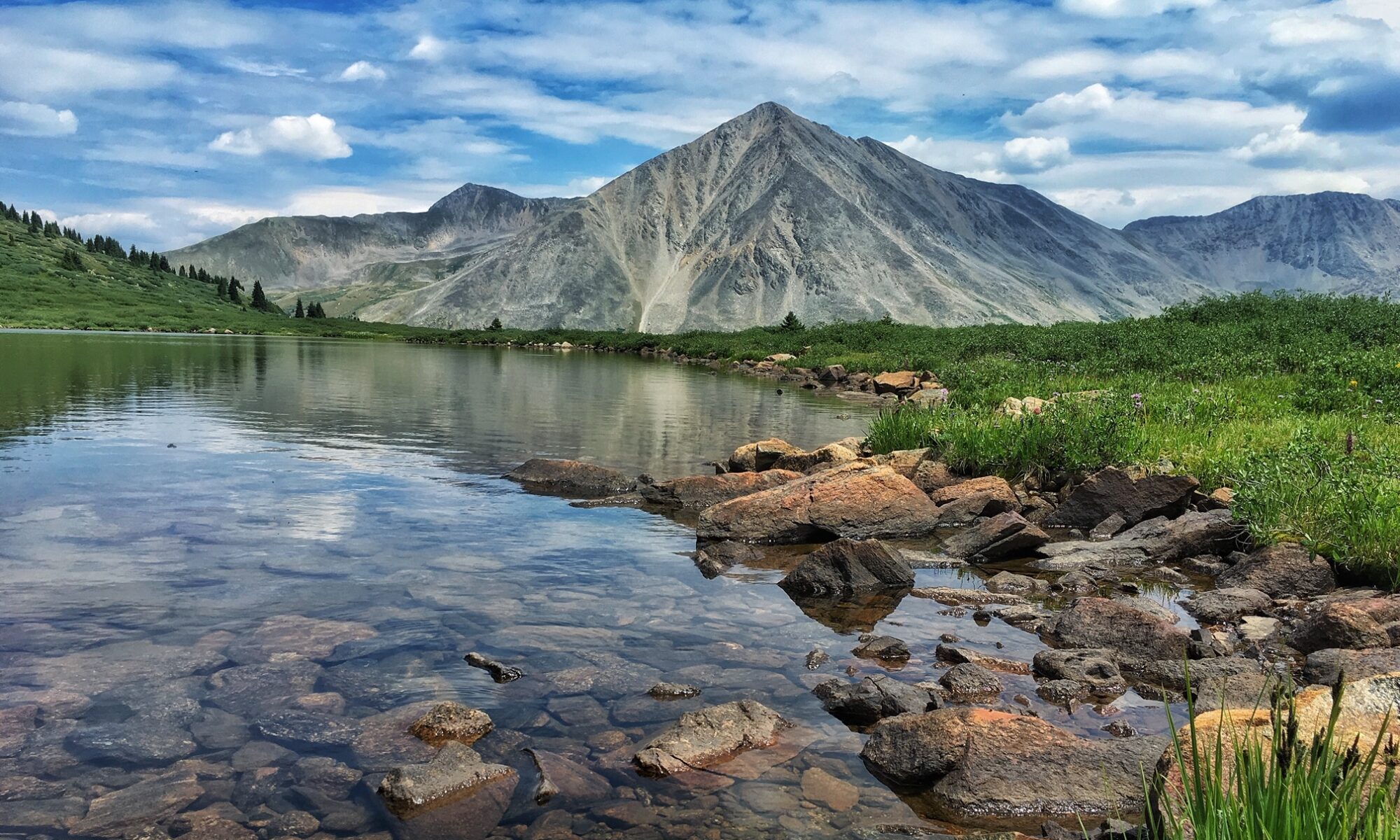My buddy slows his orange Volkswagen Vanagon to a crawl as we cross the Madison River. It is a March day in 1994. We are about twenty-eight miles west of Bozeman on Highway 84–what locals call the Norris Road. My friend looks over the bridge at the Madison River.
But I scan the high ridge on the west side of the highway where Madison County Sheriff Johnny France apprehended the infamous mountain men–Don and Dan Nichols–a little less than a decade ago. I recall the ordeal of a young Olympic bi-athlete, Kari Swenson. The father and son kidnapped her on July 15, 1984, while she was on a training run high above the Big Sky resort in the dark timber near Ulerys Lakes. A day later, two searchers heard a shot and a woman’s scream. When they rushed to the spot, they found Swenson chained to a tree and badly wounded.
Dan Nichols had accidentally shot her. In the ensuing confrontation, his father, Don, fatally shot one of Kari’s rescuers. His shot was no accident. Thankfully, Kari survived, but the Nichols duo escaped. They hid out for five months in the Spanish Peaks wilderness area before Johnny France captured them on the ridge above me on December 13, 1984.
I snap out of my dark thoughts when my friend Dave Hansen accelerates and crosses the bridge. The river beckons. I am about to get my first taste of fly fishing in the legendary Bear Trap section of the Madison.
Emergency Room Friendship
Ironically, what brought Dave and I together was another tragedy–a shooting in which the victim was a young Montana woman.
The shooting was accidental. The victim was a young wife and mom in her early twenties. I’ll call her Cindi. She was a member of the church where I served as pastor. Her parents were in the church where Dave was a pastor. Dave and I met in the emergency waiting room as the doctors fought valiantly to save Cindi’s life. But she didn’t make it, so Dave and I spent the next days and weeks and months walking with her family members through the valley of the shadow of death. Along the way, Dave and I developed a friendship and figured out that we both liked to fly fish.
So here we are a few months after the tragedy, hoping that our time on the river will be part of the healing process. As pastors, we have a unique relationship with pain. Obviously, we cannot feel the depths of grief that parents feel when they lose a daughter or that a husband feels when losing his young wife. But we do share in their pain.
This day on the river provides some solace from the harsh reality of Cindi’s death.
The snow is softly falling, and this triggers a Baetis hatch. The trout are feeding. Every couple of minutes, Dave or I land a rainbow, interrupting the silence as we stand lost in our thoughts. What is it about standing in thigh-deep water, rhythmically casting a fly over weed beds and between rocks, and watching the snowflakes disappear into the dark surface of the river that provides medicine for the soul?
River of Life
There is something haunting and healing about a river. I suspect this relates to the Bible’s description of paradise. The final book of the Bible says that a river runs through it—the river of the water of life, clear as crystal, flowing from the very throne of God and bringing healing.
It is often the silence and solitude provided by fly fishing Montana rivers which force me to confront the pain I experience when I walk with families through the valley of the shadow of death.
I am not a melancholy person. I find great joy and delight in fly fishing. When I step into a stream or river, it is not as if a dark cloud suddenly hovers over my head. Most days on the river are filled with laughter, and sometimes, I am so intent on getting the right drift that I think of nothing else except catching trout.
But I do let down when I fly fish. When I am present with people in tragedy, I seem to suspend my emotional responses until days or weeks or months later. The emotions often hit me when I’m standing in a river. Then I may remember my own pain—the loss of my father to cancer, the betrayal of a friend, harsh words from a critic, or simply being misunderstood. When the painful memories come, I often think of the river in the Bible’s final chapter.
I am thankful for the promise of a river that brings healing and life. No wonder I am haunted by waters.






